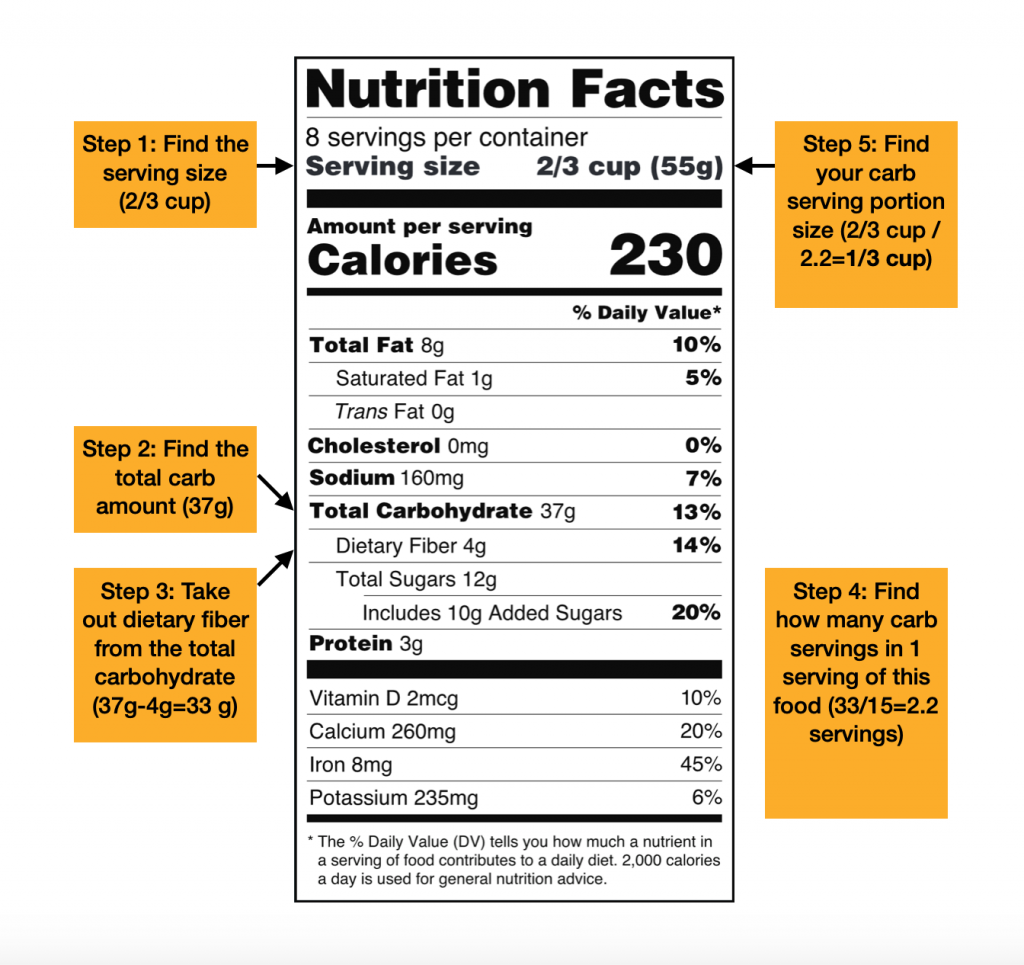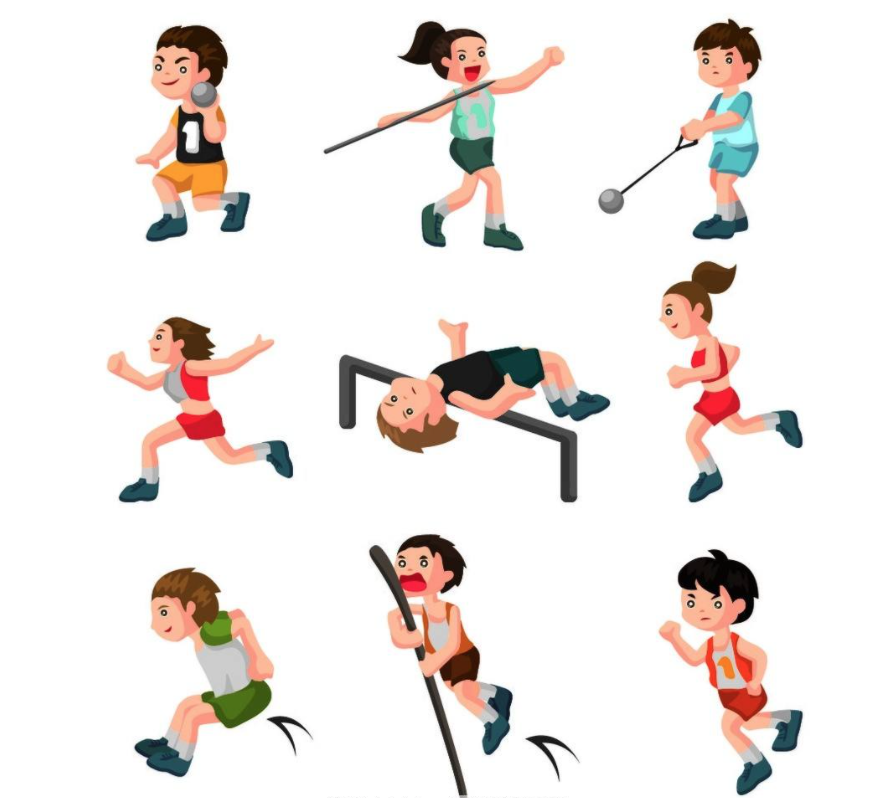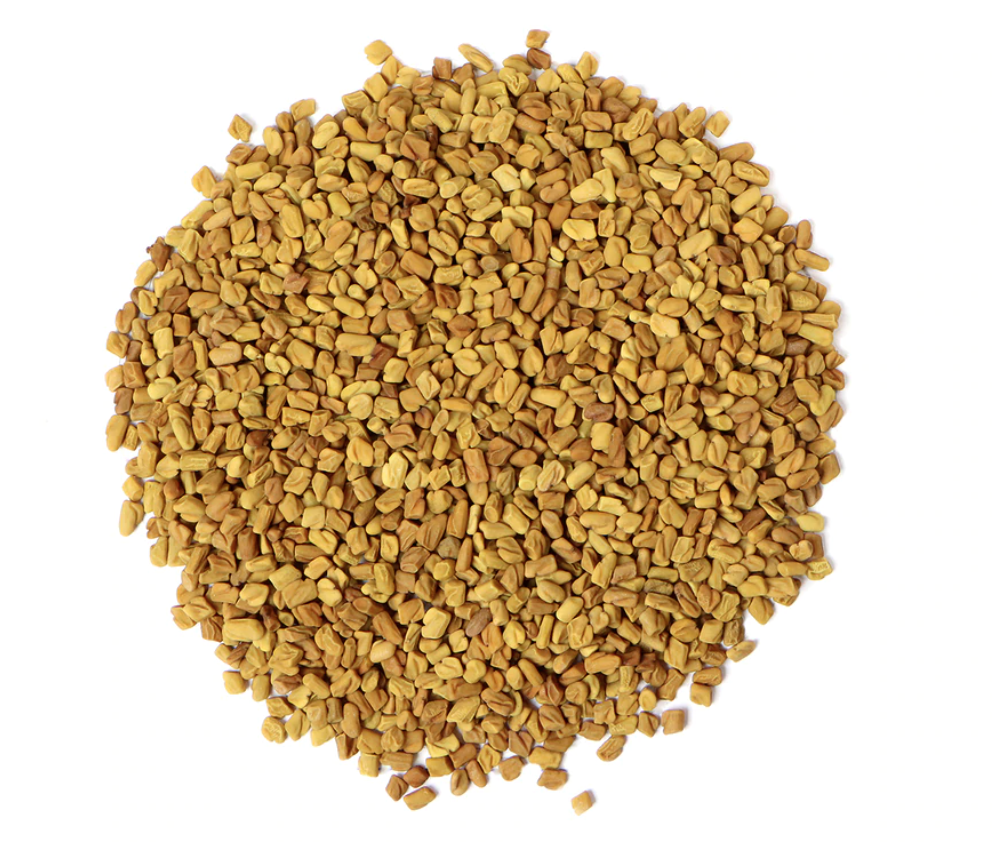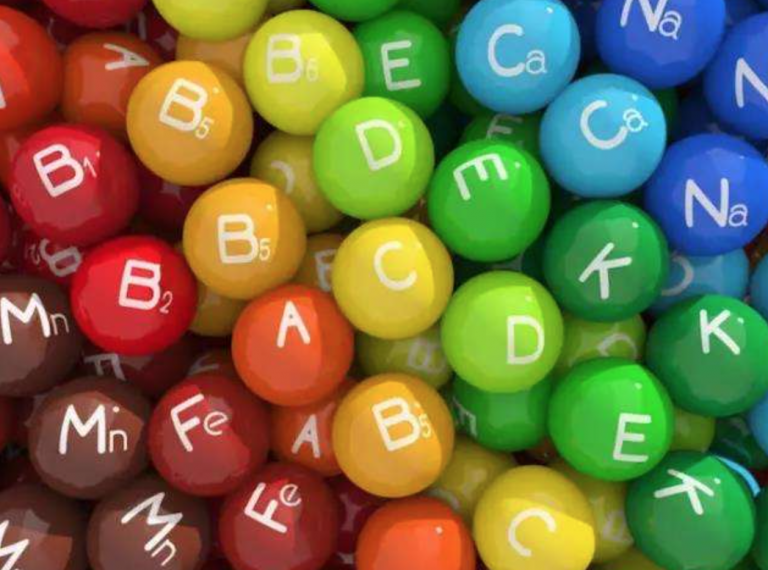
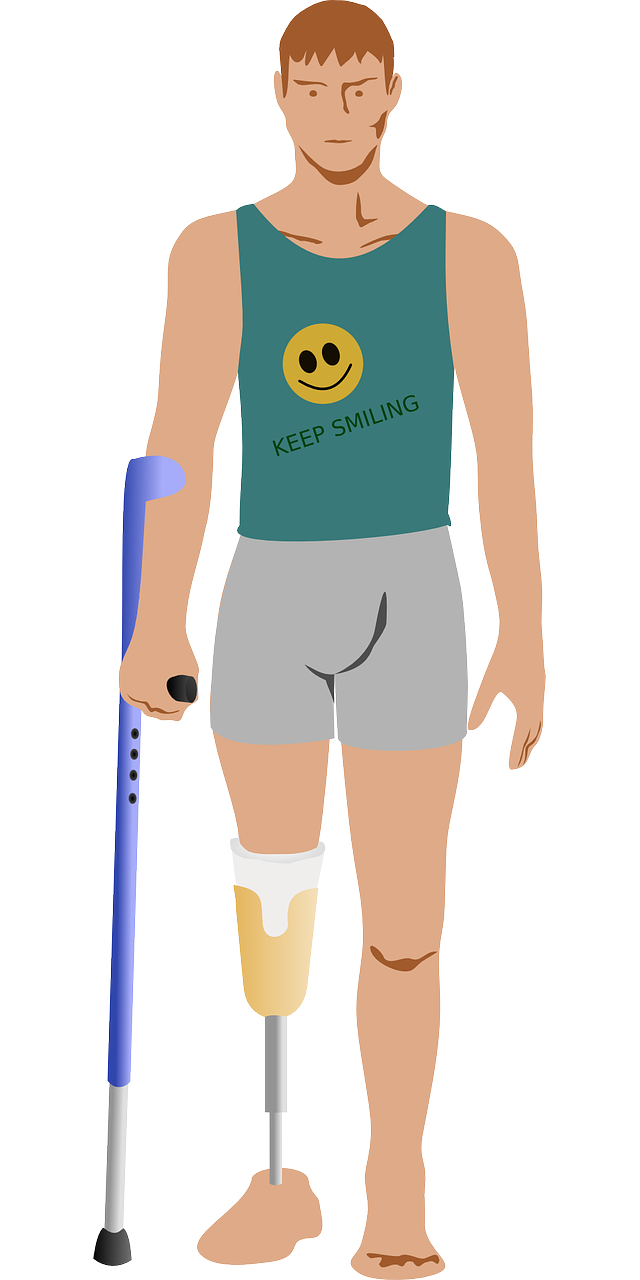

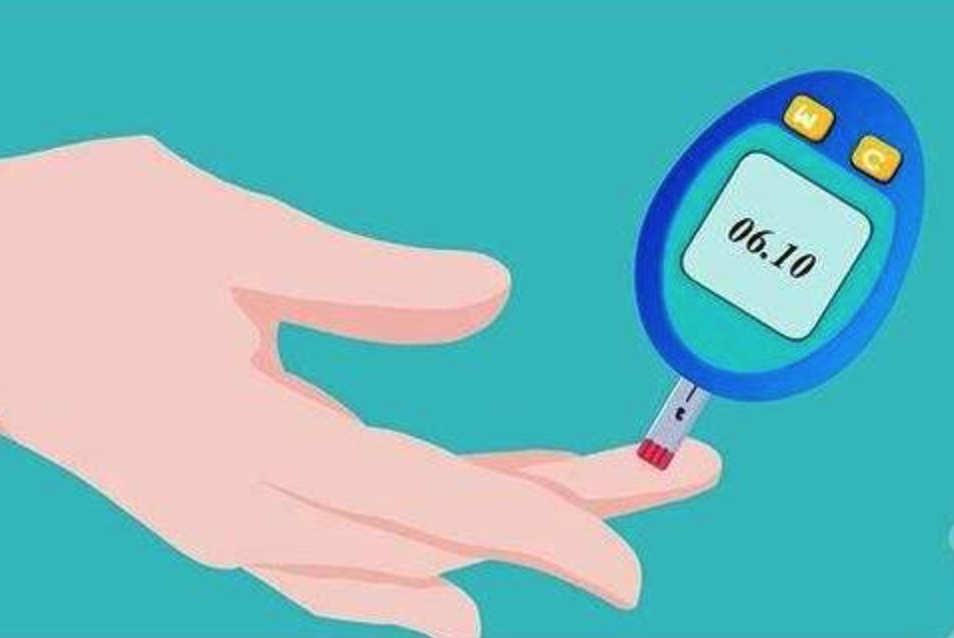
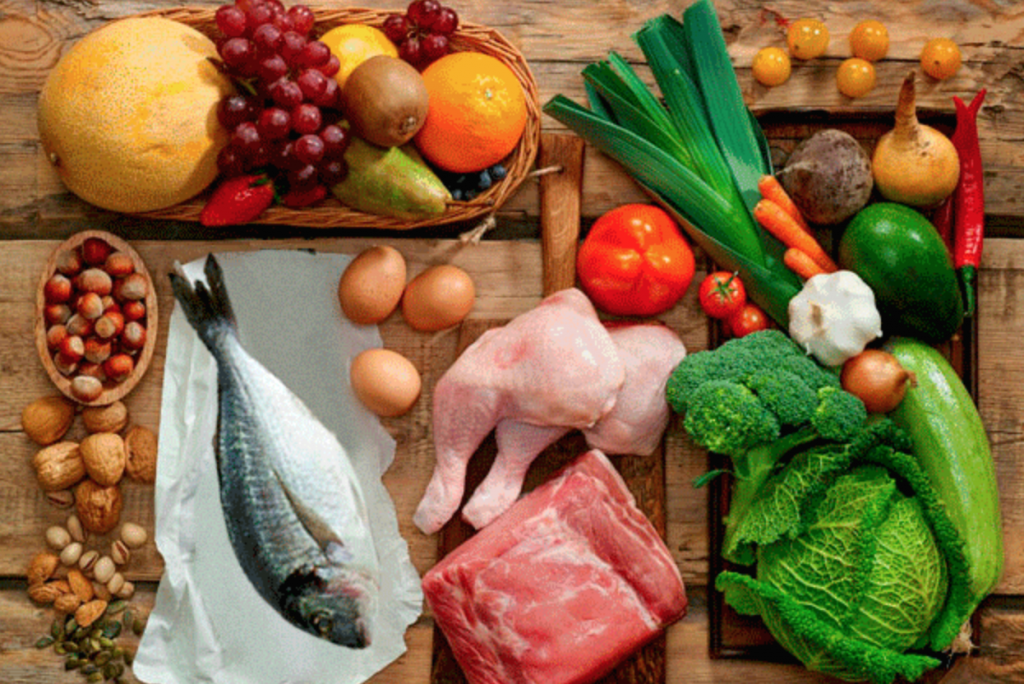
| Food | Glycemic Index | Food | Glycemic Index |
| Fruits | Vegetables | ||
| Barley | 28±2 | Carrots, boiled | 39±4 |
| Corn tortilla | 46±2 | Vegetable soup | 48±5 |
| Spaghetti, whole | 48±5 | Taro, boiled | 53±2 |
| Spaghetti, white | 49±2 | Potato, french fry | 63±5 |
| Sweet corn | 52±2 | Sweet potato, boiled | 63±6 |
| Rice noodle | 53±7 | Pumpkin, boiled | 64±7 |
| Brown rice, boiled | 68±4 | Potato, boiled | 78±2 |
| White rice, boiled | 73±4 | Potato, instant mash | 87±3 |
| Whole wheat/meal bread | 74±2 | Dairy and Alternatives | |
| White wheat bread | 75±2 | Soy milk | 34±4 |
| Breakfast Cereals | Milk, skim | 37±4 | |
| Porridge, rolled oats | 55±2 | Milk, full fat | 39±3 |
| Millet porridge | 67±5 | Yogurt, fruit | 41±2 |
| Instant Oat Porridge | 79±3 | Ice cream | 51±3 |
| Cornflakes | 81±6 | Rice milk | 86±7 |
| Fruits | Legumes | ||
| Apple, raw | 36±2 | Soya beans | 16±1 |
| Apple juice | 41±2 | Kidney beans | 24±4 |
| Orange, raw | 43±3 | Chickpeas | 28±9 |
| Banana, raw | 43±3 | Lentils | 32±5 |
| Peaches, canned | 43±5 | Snacks | |
| Strawberry jam/jelly | 49±3 | Chocolate | 40±3 |
| Orange juice | 50±2 | Potato Crisps | 56±3 |
| Mango, raw | 51±5 | Soft drinks | 59±3 |
| Pineapple, raw | 59±8 | Popcorn | 65±5 |
| Watermelon, raw | 76±4 | Rice cracker/crisps | 87±2 |
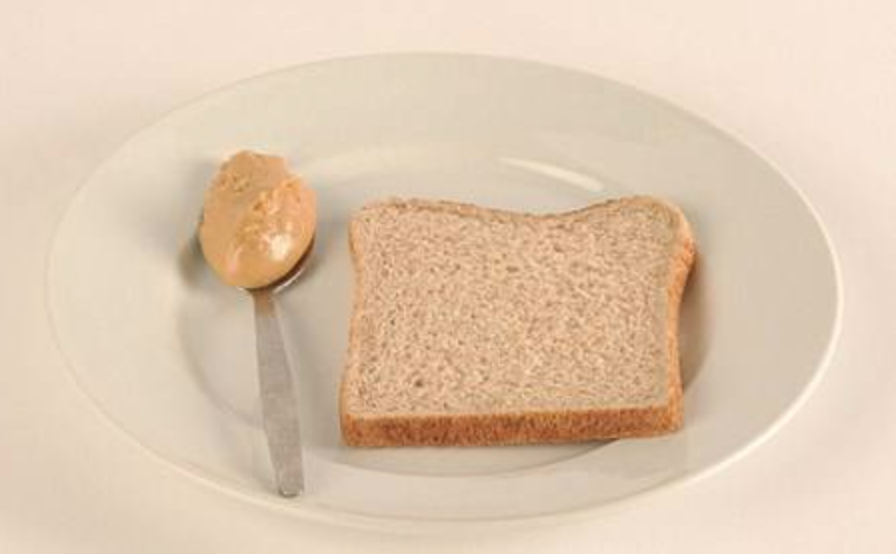
| 1 Serving ~ about 15 g carbohydrate | 1 Serving ~ about 15 g carbohydrate |
| Starches | Fruits |
| 1 slice bread (1 oz) | 1 small whole fruit |
| 1 tortilla (6-inch size) | ½ cup canned fruit |
| ¼ large bagel | ½ cup frozen fruit |
| ½ hamburger | ½ cup melon or berries |
| ¾ cup ready-to-eat unsweetened cereal | 6 large grapes (3oz) |
| ½ cup cooked cereal | 12-15 small grapes |
| 5 saltine crackers | 1 cup unsweetened fruit juice |
| ⅓ cup cooked pasta or rice | ¼ cup dried fruit |
| ½ cup beans | Dairy |
| ½ cup mashed potatoes | 1 cup of low fat or skim milk |
| ¾ oz potato chips, tortilla chips | 1 cup soy milk |
| 3 cups popcorns | 1 cup almond milk |
| Vegetables | Sweets and Dessert |
| 1 ½ cup cooked non-starchy vegetables | 2-inches square cake |
| 3 cups green leafy salad | ½ cup ice cream |
